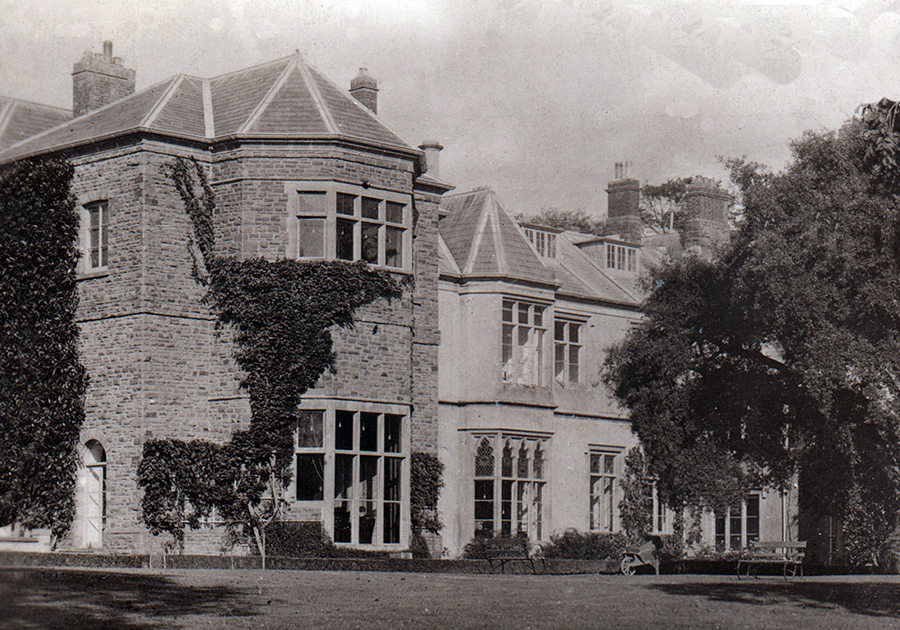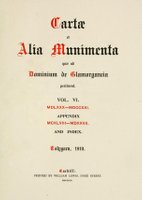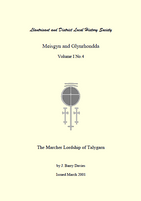Talygarn History
George Thomas Clark was born in Chelsea, London in 1809, the eldest son of the chaplain to the Royal Military Asylum. Trained as both a surgeon and a civil engineer, he was by the mid-1830s working for Isambard Kingdom Brunel on the construction of the Great Western and Taff Vale railways. He went on to work on the Great Indian Peninsula Railway. In 1850 he married Ann Lewis, the descendant of one of the original partners in the Dowlais Ironworks, and in 1855, he took control of the works. He died at the Manor in 1898.

(from www.britishlistedbuildings.co.uk)
Built mainly in the period 1879-82 by G T Clark. Clark purchased Talygarn in 1865 and incorporated an existing house as the SE wing of a new house, which included a large library and great hall. Clark designed the house himself and employed John Jones of Dowlais as his clerk of works. Additions were subsequently made to the house, including a billiard room of 1894, while Clark’s son Godfrey made further alterations and additions in the C20, including the extension of the SE wing to join a previously detached water tower. In 1922 the house was sold by G T Clark’s grandson and became a convalescent home for injured miners, and eventually a rehabilitation centre within the National Health Service.
G T Clark (1809-98) was one of the foremost public figures in C19 S Wales. He began his career as an engineer and worked under Brunel on the Great Western Railway. In 1852 he became trustee of the will of Sir Josiah John Guest, proprietor of the Dowlais Ironworks, then one of the Britain’s largest industrial concerns. Clark controlled the Dowlais Iron Company until 1897, during which time Bessemer steel was pioneered at Dowlais, new sources of ore were exploited and imported from Spain, and a new steelworks was built at East Moors in Cardiff. As an active antiquary Clark was a prominent member of the Royal Archaeological Institute and Cambrian Archaeological Association. His background in engineering stimulated an interest in defensive architecture and in 1884 he published Medieval Military Architecture. Although born in London, Clark devoted himself to studying the antiquities of his adopted county. In 1883 he published Land of Morgan but his best-known publications are his collections of Glamorgan pedigrees, published in 1886 as Limbus Patrum Morganiae et Glamorganiae, and of Glamorgan charters, the second and definitive edition of which was published in 1910 as Carta et Alia Munimenta quae ad Dominium de Glamorgancia.
Links

Publications by G.T.Clark
Catalogue of open access materials from archive.org
Cartae et alia munimenta quae ad dominium de Glamorgancia pertinent.
6 vols. Published by William Lewis, London, 1910.

Publications about G.T.Clark or Talygarn
Davies, J. Barry (2001) The Marcher Lordship of Talygarn.
Meisgyn and Glynrhondda Volume I No.4 [PDF]
Glamorgan Archives [search for “talygarn”]
Obituary of G.T. Clark from The Cardiff Times, 5 Feb 1898
Biography by the Institute of Civil Engineers
PLEASE FEEDBACK TO:
The Gatehouse
Talygarn Manor and Country Park
Pontyclun CF72 9UH

